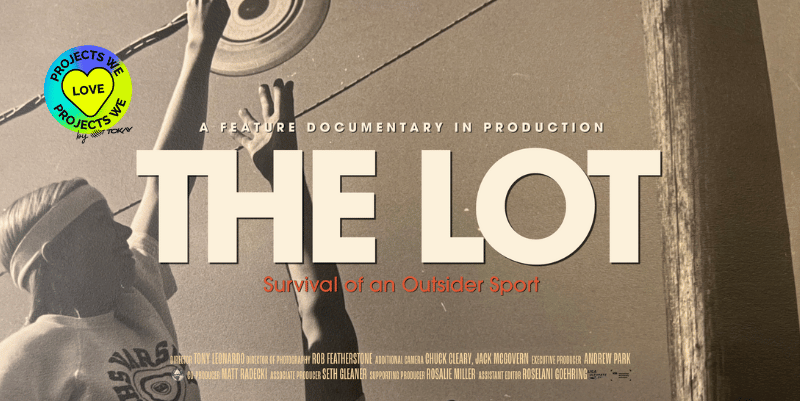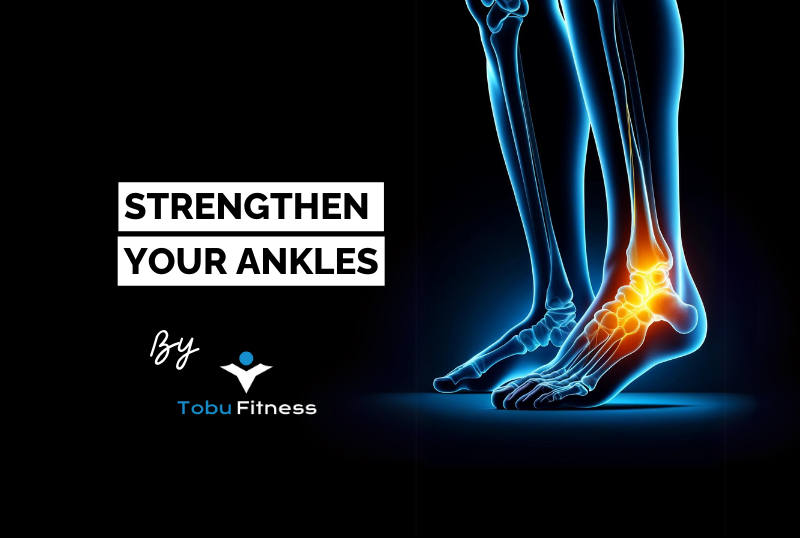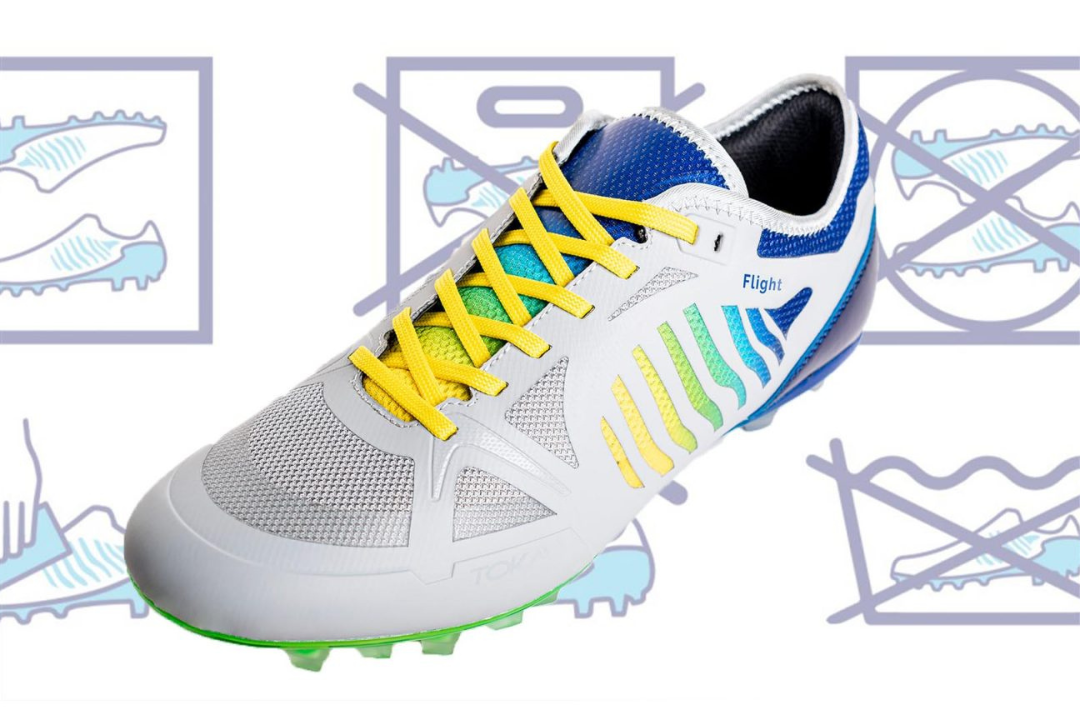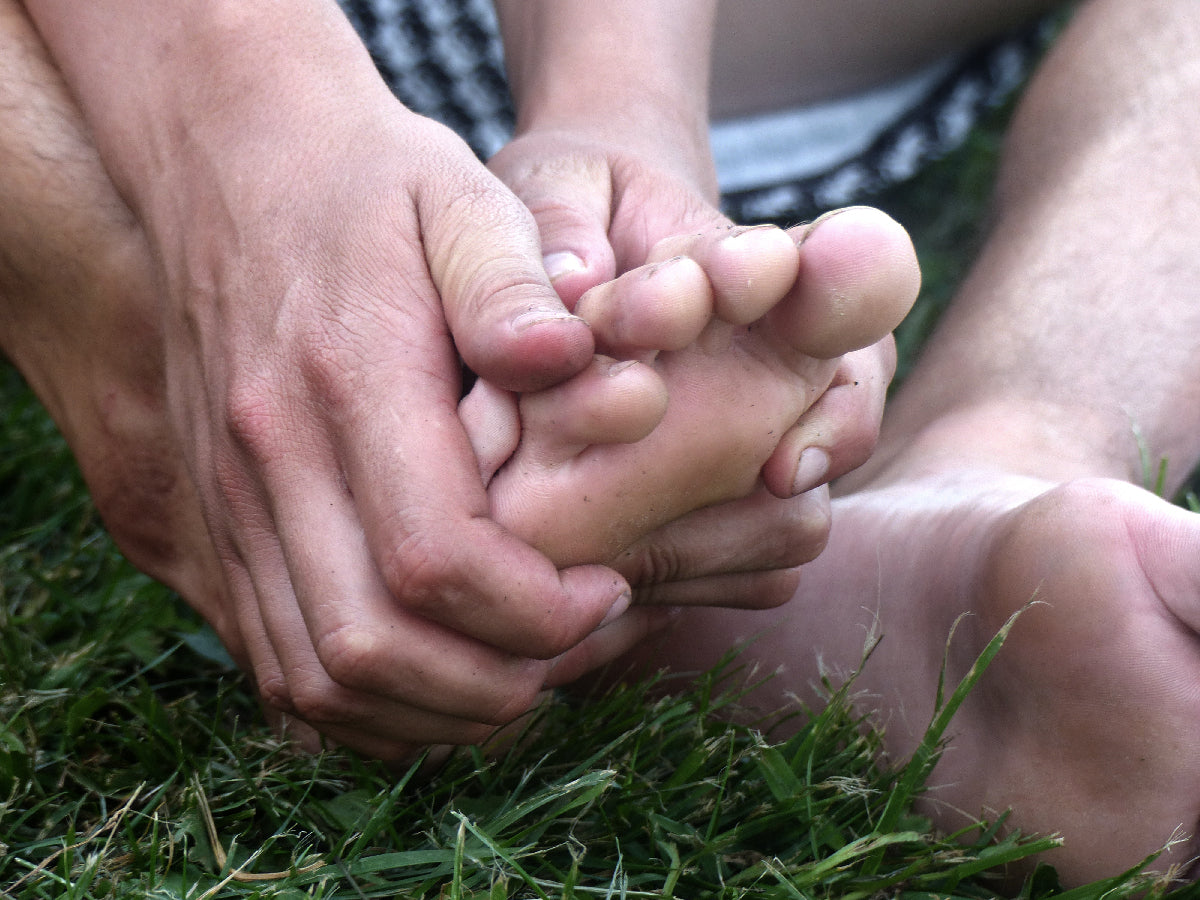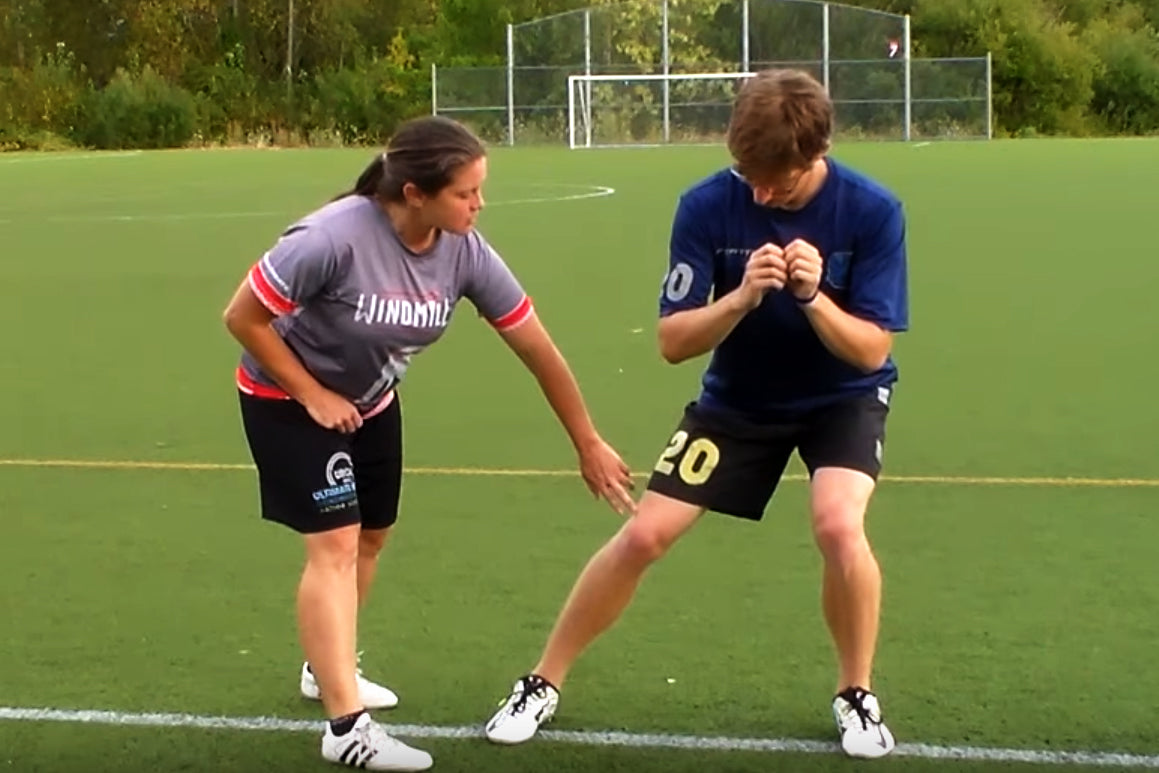Amanda Moore, healthcare practitioner, and ultimate player contacted me to give me some insight on ultimate related injuries she observes on ultimate players. I thought you guys might find this as interesting as I did!
Here’s the first part of our interview, where we find out a bit about Amanda and the perspective she brings to ultimate. In the coming weeks, we’ll get into much more detail about lower limb related injuries.
Hi Amanda, could you tell me more about who you are?
Hey Robin. I am a chiropractor and ultimate player. Currently, I practice in Toronto where I see a range of people from ultimate players to personal trainers to older people who just want to move better. The type of practice I have is evidence-informed while keeping current with the latest research & techniques; patients are assessed with movement, given manual therapy and are always provided some exercise-based homework. As for ultimate, I have been playing for over 10 years on various recreational and competitive teams. I have played for Union Ultimate since 2011 and had the opportunity to attend Worlds in Lecco and Beach Worlds in Dubai.
And what are the clinical observations you usually make on ultimate players?
If you look at the feet of ultimate players you will see some common trends: blackened toenails, calluses around the big toe and heel area, and maybe some blisters. Common injuries I see with ultimate players in the lower limb include turf toe, plantar fasciitis, heel bruises, ankle sprains, Achilles issues, shin splints, meniscal injuries and ligament sprains such as ACL and MCL.
Players’ injuries are usually the result of a player’s biomechanical (how they move) and neuromuscular (how their muscles work) issues; however, cleats may predispose players to injury. The type of cleat may contribute to different pressure on the bottom of the foot, how the foot moves within the cleat, and the traction forces of the cleat to the ground that can affect the rest of the leg. The biomechanical and neuromuscular issues of the player can include the mobility and stability of the foot, ankle, knee, and pelvis.
Which kind of cleats are you using for now?
Ahh cleats! Finding cleats that work best for me has been one of the most frustrating experiences as an ultimate player. After running the gamut of football, soccer, and lacrosse I have settled upon Nike Tiempos and an old pair of Umbro soccer cleats. The biggest things I look for in cleats include lightweight; narrow; comfortable upper (the part around the toes); a good cleat pattern that allows running, pivoting, and lateral movements; and studs around the toe.
The features I’m excited about in the TOKAY cleats are the flexibility at the forefoot and additional stud patterns around the toe and heel for added traction. I also like the idea of internal 3D mesh material to allow the foot to mold to the shoe and may prevent rubbing and blisters. My hope is that the cleats are comfortable fitting a narrow foot type and the stud pattern doesn’t irritate areas at the bottom of the foot.
![[Interview] Ultimate feet injuries by chiropractor Amanda Moore](http://tokay-ultimate.com/cdn/shop/articles/amanda_moore.jpg?v=1730797747&width=1536)
